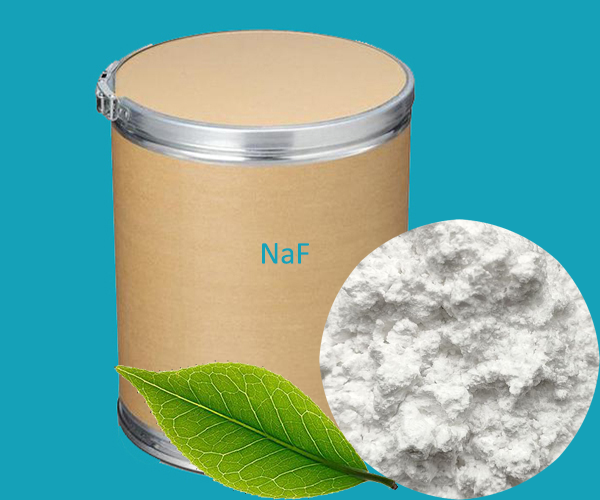Sodium fluoride (NaF) is an inorganic compound that is extensively used in various applications, ranging from water fluoridation to oral care. It is composed of the alkali metal sodium and the halogen fluoride, forming a compound that possesses fascinating characteristics and holds a significant role in public health.
Sodium fluoride is a white, odorless powder with the molecular formula NaF. It is characterized by its high stability and solubility in water. The crystalline solid exhibits a cubic structure and consists of Na+ and F– ions held together by ionic bonds.
Uses of Sodium Fluoride
Sodium fluoride serves a variety of uses due to its distinct properties. Here are some common applications:
1. Water Fluoridation: A primary use of sodium fluoride is in the fluoridation of drinking water. This process is implemented to reduce tooth decay in the population, as fluoride ions are beneficial in strengthening the tooth enamel.
2. Dental Care Products: Given its benefits to oral health, sodium fluoride is commonly found in toothpaste and mouthwashes. It works by remineralizing areas where tooth decay has started, reversing the process and preventing further decay.
3. Medical Applications: In the medical field, sodium fluoride is used as a bone imaging agent in positron emission tomography (PET) scans. It helps in detecting bone diseases and assessing bone metabolism.
 English
English Español
Español Português
Português Français
Français Deutsch
Deutsch Русский
Русский 中文
中文 日本語
日本語
